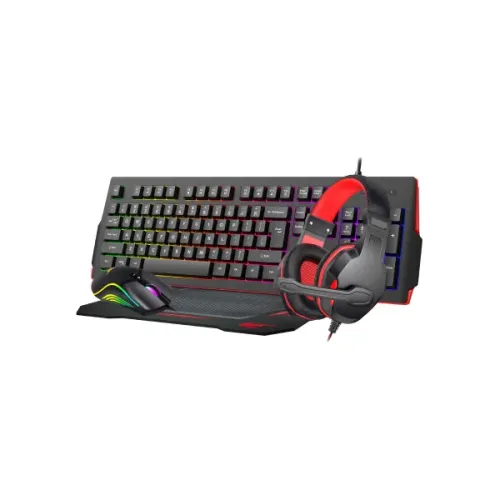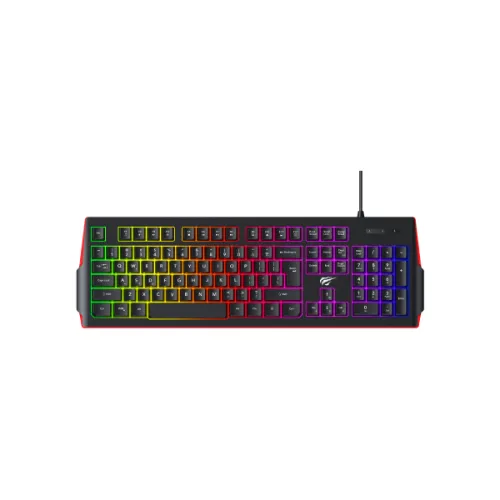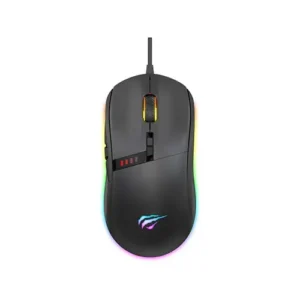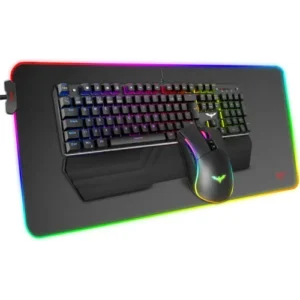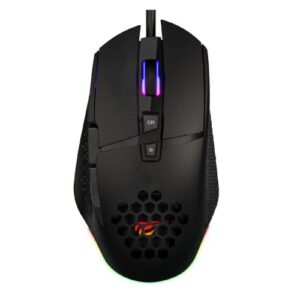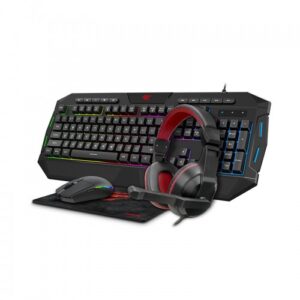Keyboard Specifications and Features
In the realm of gaming and productivity, the choice of keyboard plays a critical role in enhancing user experience. A standard configuration for many keyboards is the 104 key layout, which provides a full set of keys, including a number pad, function keys, and navigation keys. This arrangement is not only essential for gamers but also beneficial for typists who require a comprehensive set of inputs for efficient typing.
One significant specification that impacts performance is the switch lifecycle, which typically sits at around 5,000,000 presses for a quality gaming keyboard. This longevity is crucial for those who engage in extensive gaming sessions, as it ensures that the keyboard remains responsive over time, minimizing the need for premature replacements. Moreover, the integration of anti-ghosting technology allows multiple key presses to be registered simultaneously, which is particularly advantageous during fast-paced gaming scenarios where swift and accurate inputs can make a significant difference in outcomes.
Another pertinent aspect to consider is the USB interface, which facilitates a high-speed connection to computers, ensuring minimal input lag. This is particularly important for gamers who thrive on precision and immediate response times. In terms of physical characteristics, the dimensions of a typical gaming keyboard, measured at 462x147x29mm, provide a compact yet functional design, making it suitable for various setups. Its weight, approximately 613g, strikes a balance between stability and portability, allowing users to transport their keyboards easily without compromising on durability.
Additionally, the practical implications of the 1400mm cable length are noteworthy, as it provides ample flexibility for different desktop configurations. This cable length allows users to position their keyboards comfortably, thereby enhancing ergonomic benefits during extended use. Understanding these keyboard specifications and features can help users select a model that not only meets their gaming needs but also supports an efficient typing experience.
Mouse and Headphone Specifications: A Complete Analysis
In the evolving landscape of gaming hardware, the specifications of both mice and headphones are critical in providing a competitive edge and enhancing the overall gaming experience. Mice have advanced significantly, with a variety of features that cater to gamers’ diverse needs. One notable specification is the mouse’s functionality, boasting seven buttons. This versatile setup allows for an array of commands, substantially increasing a player’s efficiency in executing in-game maneuvers.
Another essential aspect of mouse specifications is its adjustable DPI resolutions, which typically range from 1000 to 6400 DPI. This feature enables gamers to customize sensitivity levels based on their preferences or the game being played, thus ensuring precise control and responsiveness during gameplay. Additionally, the inclusion of the SPCP190 chip plays a crucial role in processing inputs with speed and accuracy, operating effectively at a voltage of 5V.
The cable length of 1.5 meters, alongside a weight of 125 grams and dimensions of 129x66x41mm, contribute to user convenience by promoting a clutter-free setup while allowing adequate freedom of movement. The mouse’s switch lifecycle, rated at 5,000,000 presses, ensures durability, which is imperative for intense gaming sessions where every click counts.
Turning to headphone specifications, key factors such as cable length, driver diameter, and impedance come into play. The 1.8-meter cable, with a variation of ±10%, provides sufficient reach for various gaming setups. The use of dual 3.5mm plugs ensures compatibility across a range of devices. The headphones feature a 40mm driver diameter, which is pivotal in producing rich, detailed audio, while an impedance of 32±15%Ω further enhances sound quality.
Moreover, microphone sensitivity is essential for clear communication during multiplayer gaming scenarios. Consideration of warranty options, typically around one year, gives consumers confidence in their purchase, knowing they are supported should any issues arise. Together, these specifications form an integral part of the gaming hardware that shapes user experience and satisfaction.
